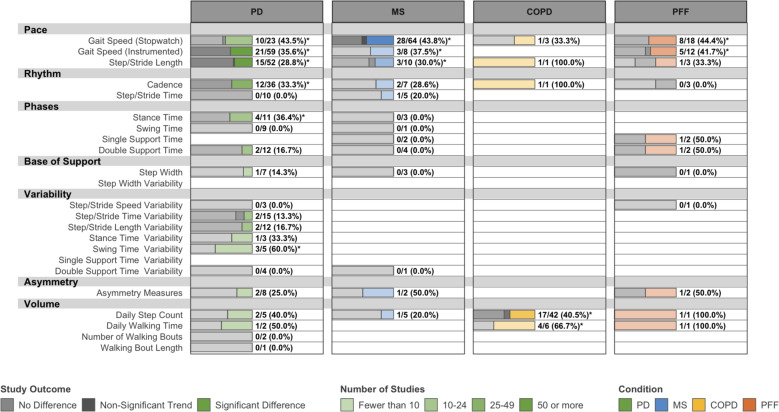Fig. 5. Responsiveness of DMOs used as primary or secondary endpoints in all eligible interventional studies.
PD Parkinson’s disease, MS multiple sclerosis, COPD chronic obstructive pulmonary disease, PFF proximal femoral fracture. Data are presented as: Number of studies with statistically significant differences between groups/Total studies (%). Interventions in eligible studies were not necessarily effective, and this map may underestimate the responsiveness of DMOs. DMOs known to be highly intercorrelated were grouped (i.e., step length and stride length), and all DMOs were organized according to previously established domains of gait. *Proportion of studies exceeds the expected false positive rate as determined by Bernoulli hypothesis testing and Benjamini–Hochberg adjustment.

